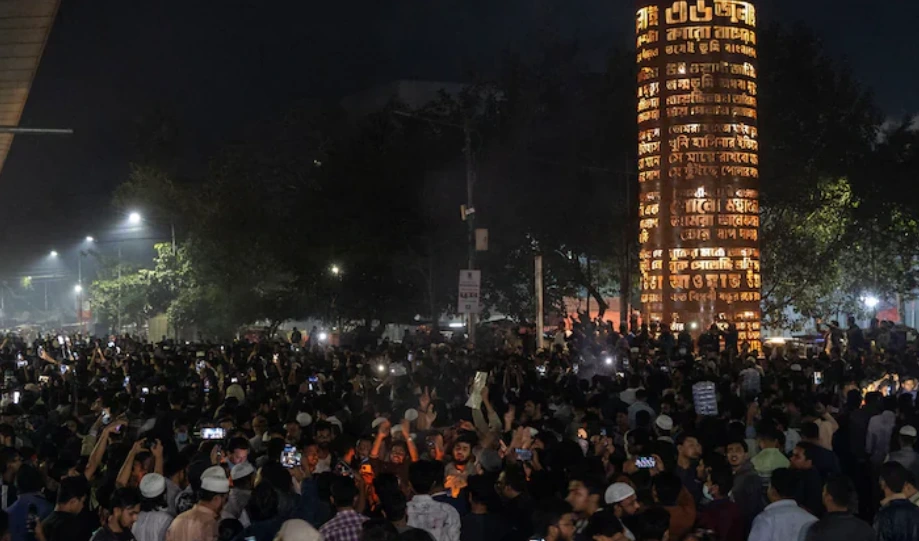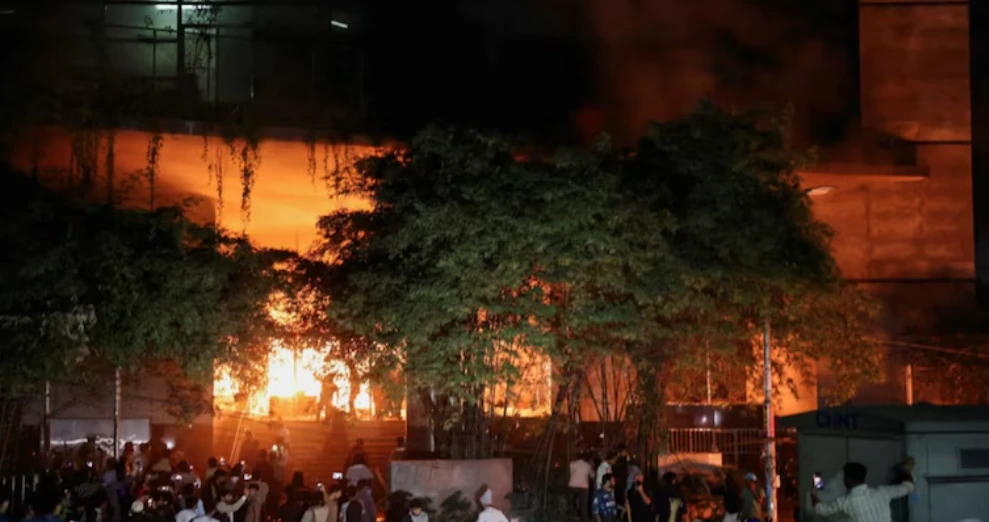Latest world news
Saudi Crown Prince Bin Salman re-appears in public

Latest world news
Hindu man lynched and set on fire in Bangladesh during anti-India protests
A Hindu man was lynched and set on fire in Bangladesh’s Mymensingh district amid rising anti-India protests after the death of a radical student leader.
Latest world news
Bangladesh rocked by violent protests after student leader Sharif Osman Hadi’s death, anti-India slogans raised
Bangladesh has witnessed widespread violence and protests following the death of student leader Sharif Osman Hadi, with arson, anti-India slogans and a nationwide security clampdown.
Latest world news
India closes two more visa centres in Bangladesh amid worsening security concerns
India has temporarily closed visa application centres in Rajshahi and Khulna, citing security concerns following protests near Indian establishments in Bangladesh.
-
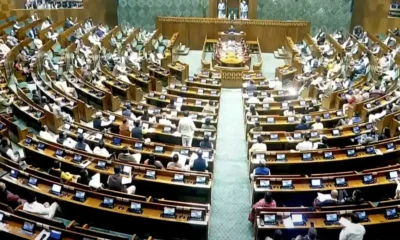
 India News13 hours ago
India News13 hours agoG RAM G bill replacing MGNREGA passes Parliament amid opposition walkout and protests
-

 India News10 hours ago
India News10 hours agoRahul Gandhi attacks G RAM G bill, says move against villages and states
-

 India News10 hours ago
India News10 hours agoRenaming MGNREGA removes core spirit of rural employment law, says Shashi Tharoor
-
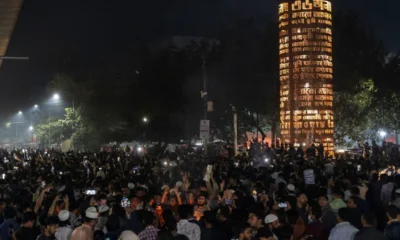
 Latest world news5 hours ago
Latest world news5 hours agoHindu man lynched and set on fire in Bangladesh during anti-India protests
-
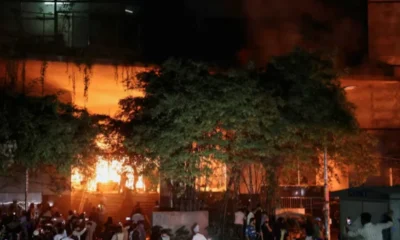
 Latest world news13 hours ago
Latest world news13 hours agoBangladesh rocked by violent protests after student leader Sharif Osman Hadi’s death, anti-India slogans raised
-

 Entertainment4 hours ago
Entertainment4 hours agoBharti Singh, Haarsh Limbachiyaa welcome second child after she’s rushed to hospital mid-shoot
-

 Cricket news3 hours ago
Cricket news3 hours agoIndia vs South Africa 5th T20I: Samson shines with 37 as India push on after Gill injury
-

 Cricket news2 hours ago
Cricket news2 hours agoIndia vs South Africa 5th T20I: Tilak Varma, Hardik Pandya power India past 230 in Ahmedabad

 According to a statement issued by SPA carried by Al-Arabiya English website, “During the conversation, the fraternal relations binding the two countries, and ways of enhancing them were discussed and issues of mutual concern as well as the developments in the region were reviewed.”
According to a statement issued by SPA carried by Al-Arabiya English website, “During the conversation, the fraternal relations binding the two countries, and ways of enhancing them were discussed and issues of mutual concern as well as the developments in the region were reviewed.”











